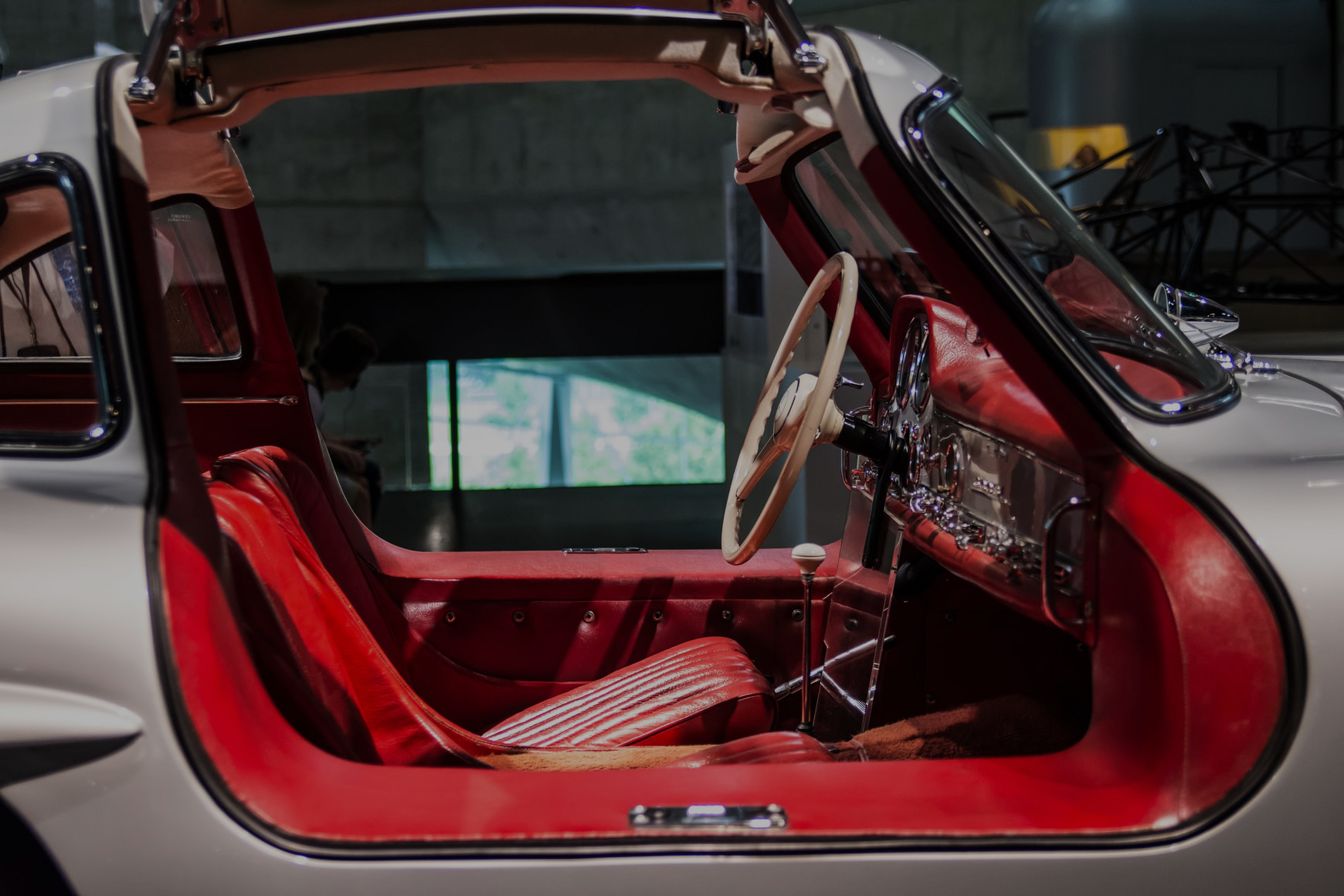Most automobile companies give the option of leather interiors, which is good news for everyone interested in sustainability, durability and beauty. But more and more are targeting people who boycott animal products with ‘vegan’ alternatives. Often, this is purely a commercial, marketing decision. Animal inputs are required to make automobile parts including filters, rubber, antifreeze, even LED displays. Most manufactures are keen to give consumers a choice of automotive interiors.
Regardless of sustainability, some auto manufacturers are trying to cash in on people who choose not to use animal products by eliminating leather, but continuing to use filters, tires, antifreeze and infotainment systems.
Companies like Toyota and General Motors, are solidly behind the use of leather. Tesla and Volvo are anti-leather, which is a position we at Real Leather. Stay Different. are working to change.
It’s often difficult to work out where manufacturers stand on the subject, so here’s a quick rundown of the latest news.
Volkswagen
Volkswagen’s message seems to be mixed. It uses the words ‘holistic sustainability’ to describe its ‘ID. SPACE VIZZION’ range, saying ‘no animal products’ are used. It then describes the steering wheel rim as ‘made of polyurethane’, which is an oil-based plastic that can shed microfibres and is much less biodegradable than leather.
Other models seem to have been designed with a different view. The bestselling e-up!, VW’s best selling electric car, features leather in its interior. And the company’s website refers to the responsible sourcing of leather.
Toyota
Toyota continues to offer high quality leather interiors for its higher spec models and says it uses ‘low carbon materials from organic products’. It also offers what it calls ‘synthetic leather’ on some of its models. Read more here
Mercedes
Most high-end Mercedes come with leather seats as standard, although it is possible to choose non-leather alternatives. The company is careful to source leather that has not come from cattle reared on deforested land, saying: “Our suppliers have confirmed that the hides processed for the products delivered to Mercedes-Benz come from cattle raised outside the areas of Amazônia, Cerrado, Pantanal, Gran Chaco, Mata Atlântica and Chocó-Darién.”
Read more here.
Ford
The electric Mustang Mach-E is Ford’s first car to have a fully animal-free interior.
For most other models, a leather option is offered, or there are alternatives in the shape of Sensico, a synthetic non-animal- based upholstery and Dinamica micro-suede, which, the company says, is also animal-free and features recycled content.
Read more here.
BMW
The i3 EV, the company’s model that focusses on sustainability, features real leather tanned with natural olive-leaf extract.
BMW offers an alternative called Sensatec which, it says, is made from a recycled blend of wool and other materials including vinal, and dyed with plant-based colourings.
Read more here.
General Motors
General Motors is actively promoting its leather interiors’ ‘new car smell’ in its advertising. It continues to offer high-quality leather options in all of the brands it owns.
Tesla
Tesla has stopped using leather in any of its vehicle interiors. The synthetic alternative the company is using is not proving popular with all Tesla owners, as we have covered previously on Real Leather. Stay Different.
Volvo
Volvo has stopped using leather with the Swedish company’s director of global sustainability saying: “We’re taking a stand because we want to do what’s best for animal welfare and the climate.”
Stephen Sothmann, President of The Leather and Hide Council of America, whose member companies recycle about 30 per cent of the world’s hides for leather said: “We categorically reject Volvo’s suggestion that by removing leather from its electric vehicles it will somehow impact animal welfare.”
RLSD view: Hides and skins are the inevitable by-product of meat and dairy production, and if not recycled for leather, will simply be sent to landfill or burned. Plastic alternatives to leather contribute to this waste AND to the use of more fossil fuels to make them. As long as people eat beef and drink milk, there will be plenty of leather to satisfy the needs of the motor industry, and to satisfy those needs sustainably.
Check out more from RLSD on sustainability here.








